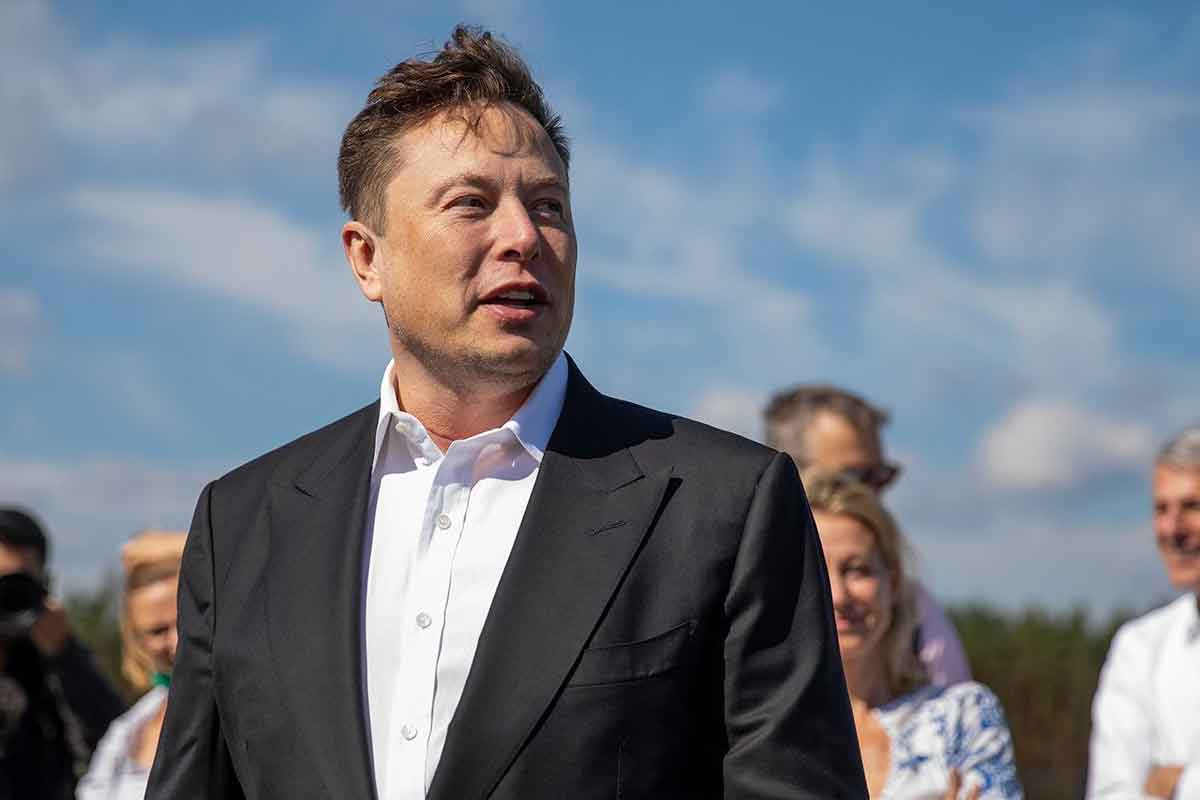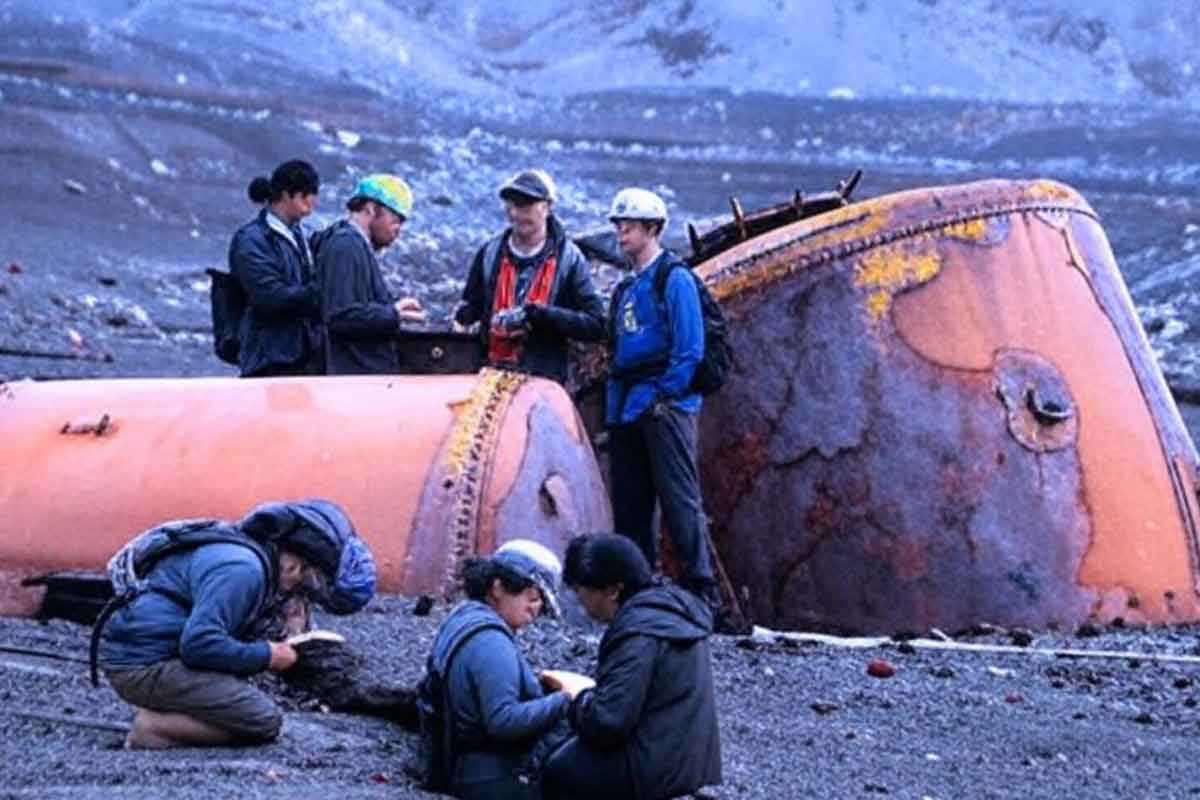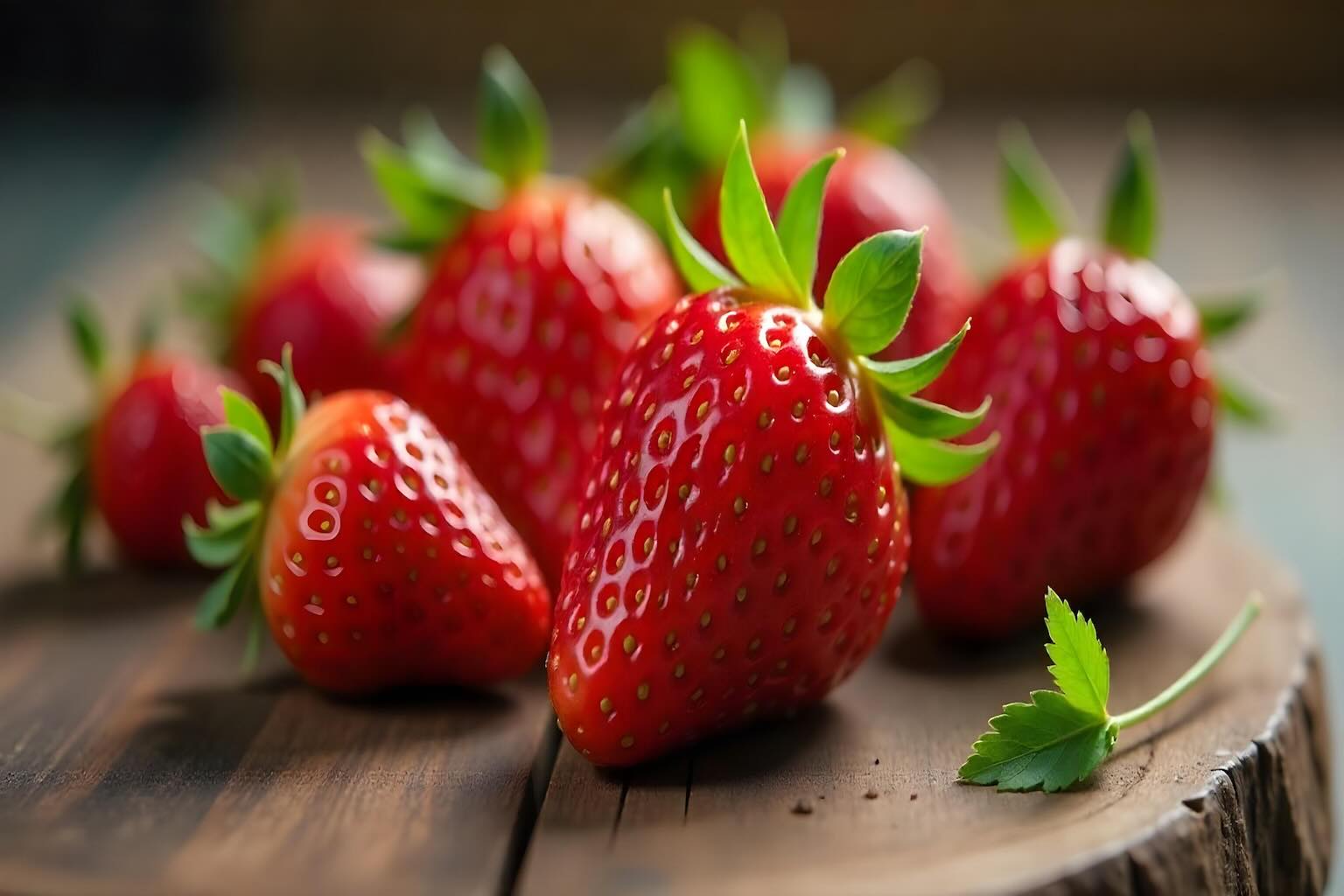Shock follows sweeping staff cuts that hollowed out frontline checks on food and plants. The chain is tight, because inspections protect farms, prices, and trust. Signals now point to rising risk and heavier costs. While the debate grows loud, the fields stay exposed. Elon Musk dominates the headline, and the pressure is real. Fewer inspectors mean slower ports, so pests and delays gain room. Families feel the strain as supply wobbles. The margin for error narrows fast.
What changed inside the USDA and why it matters
Specialized roles vanished with 6,000 jobs. According to Wired, inspectors, entomologists, and dog-handler trainers formed the backbone of prevention. Their work blocked destructive organisms at the border, so crops and ecosystems stayed safe. When that shield thins, risk rises across farms, warehouses, and grocery shelves.
The National Dog Detection Training Center trained beagles and Labradors to spot hidden pests. Teams targeted threats such as the Giant African land snail. Florida’s growers rely on that early warning, because one slip becomes a costly outbreak. Cutting a single dog-team can tip a region from secure to exposed.
Expertise is not plug-and-play, because skills build over years. Losing mentors removes a method, not just a person. That loss compounds as younger staff lack guides. In this tense context, Elon Musk stands as a shorthand for upheaval, and the downstream effects now appear in daily operations.
Ports under pressure as Elon Musk layoffs reshape inspections
Massive cargo volumes move through Los Angeles, Miami, and other hubs. With fewer Plant Protection and Quarantine teams, screening slows. Some ports lost up to 35% of inspection capacity, so queues lengthen. Because timing drives freshness, even small delays turn perishable goods into losses that ripple through stores.
Screening gaps invite invaders. The Asian longhorned beetle damages hardwoods, while the spotted lanternfly harms vineyards and orchards. When checks thin, hitchhikers slip past. One missed pallet, and a county faces quarantines. Although remediation exists, prevention costs far less, and the math shifts every time staffing drops.
Long lines at terminals create a second problem. Containers sit, so ships wait, and schedules slide. Because empty boxes return late, exporters struggle to load on time. That loop touches electronics, apparel, and machinery as well. Food safety and logistics move together, and each delay multiplies the next.
Prices, supply, and the wider chain reaction
Supply chains dislike friction, because time is money for perishables. When clearance stalls, shipments spoil. Grocers replace lost loads at higher prices, and shoppers see the change on receipts. Rural communities feel it first, since alternatives are fewer and freight routes are longer.
Idle containers are more than an eyesore. While a box waits, another product cannot move. Carriers juggle equipment, then cancel sailings, so shelves show gaps. Because costs stack along that path, a simple delay turns into a budget problem for families and small shops.
Food is only the start. Restaurants adjust menus, and processors trim lines. Because risk creeps, insurers watch claims, then raise premiums. That pressure flows into contracts and wages. Within this squeeze, Elon Musk remains the lightning rod in the public narrative, yet farms shoulder the practical burden.
Courts, politics, and the future of Elon Musk-era cuts
Two federal judges ordered some workers back, and legal briefs started flying. The administration pushed back, and the White House press secretary, Karoline Leavitt, called the rulings “absurd and unconstitutional.” While filings move, staff remain in limbo, and managers scramble to cover gaps.
Policy fights shape timelines, and timelines shape risk. If reinstatements stall, the high-risk season arrives with fewer hands. Because pests do not pause for court calendars, agencies juggle temporary details, overtime, and triage. That buys time, yet it cannot replace deep expertise quickly.
Trust matters now. Importers want predictable clearance, and growers want strong biosecurity. Clear plans calm markets, because traders read signals fast. Transparent staffing maps, port surge teams, and published throughput targets reduce panic. Politics continues, yet operations need certainty to steady prices and protect harvests.
Figures, timelines, and what comes next for farms
The core number is stark: 6,000 roles cut in February 2025. Losses hit inspection lines and training pipelines together. Because experience compounds, the near-term hole looks bigger than the headcount. Wired’s reporting drew early attention, while producers watched the effects arrive at gates and packing houses.
Timelines matter for plants and pests. Spring and summer bring intense flows, so staffing dips bite harder. When invasive species establish, eradication costs soar, and eradication can fail. Short windows close quickly. Early capture keeps orchards open, and missed chances trigger quarantines that last seasons, not weeks.
Data should guide action. Port risk profiles, seasonal models, and interception rates help set priorities. Targeted surges work when teams know where to look. With strong metrics, leaders justify temporary contracts and state compacts. Although politics is loud, numbers steady planning, and Elon Musk fades inside operational dashboards.
Why vigilance now can prevent heavier costs later across sectors
The balance is delicate, because efficiency and safety share the same corridor. Strong screening keeps farms alive, while steady ports hold prices down. Judges will decide jobs, and leaders will choose budgets, yet biology keeps moving. By restoring expertise and backing smart triage, Elon Musk fades from grocery aisles, and resilience returns.







